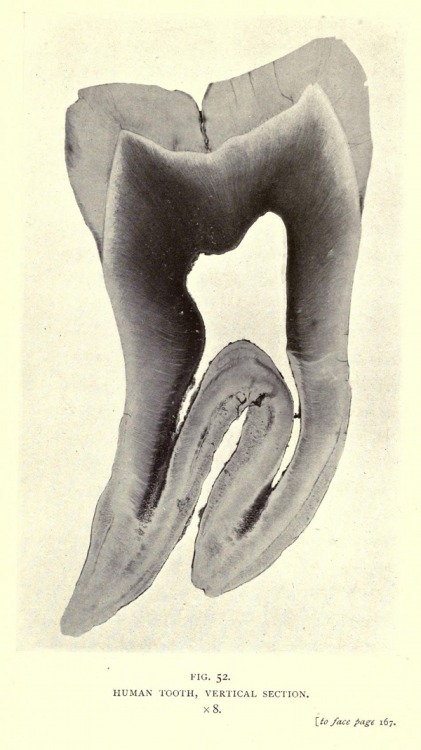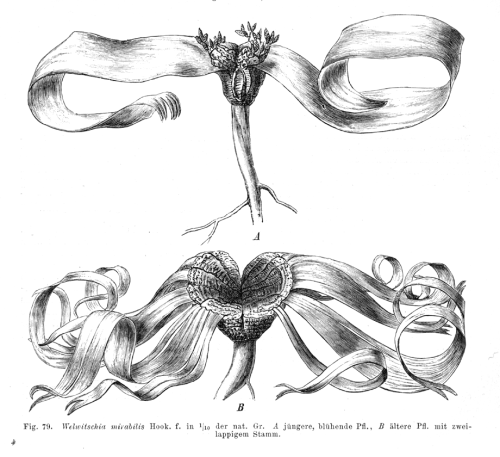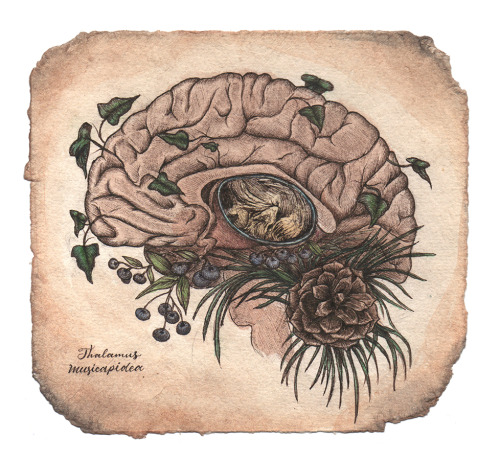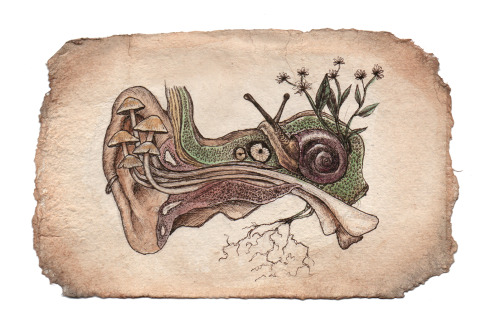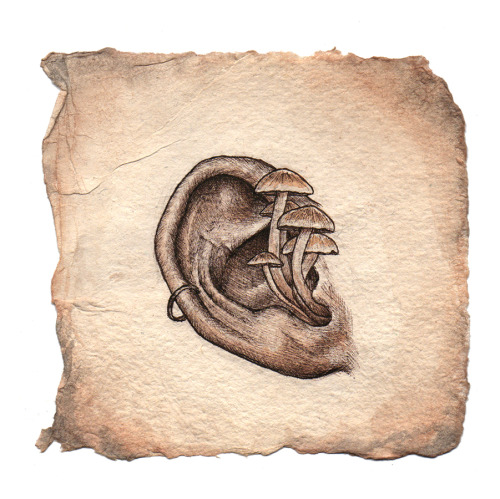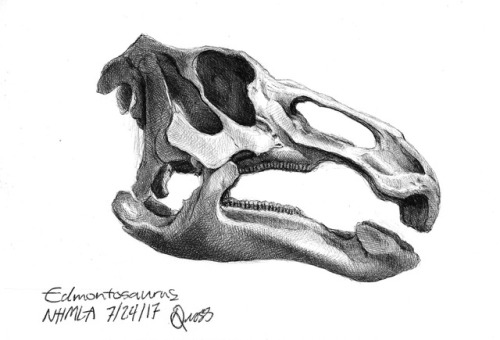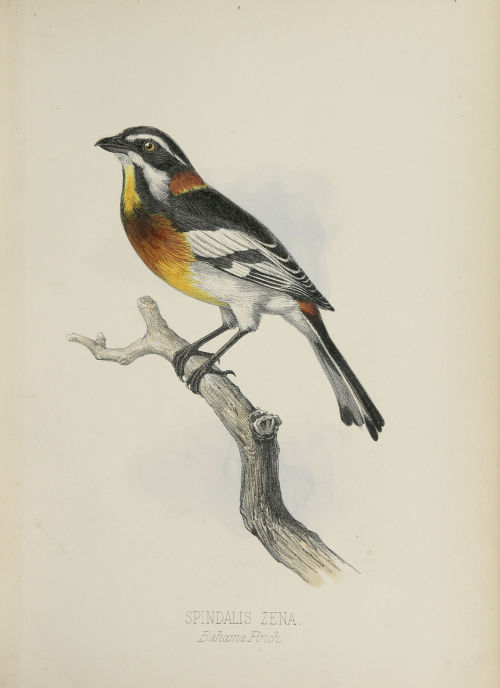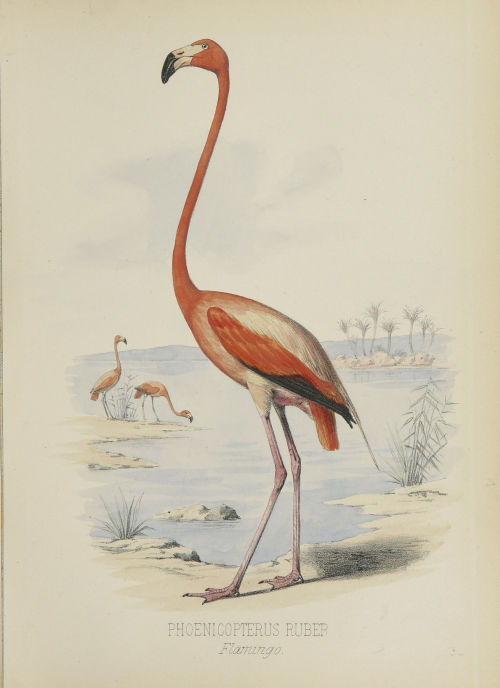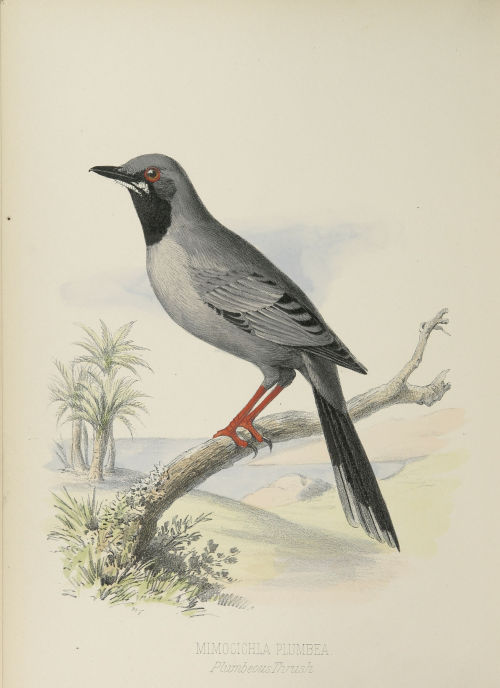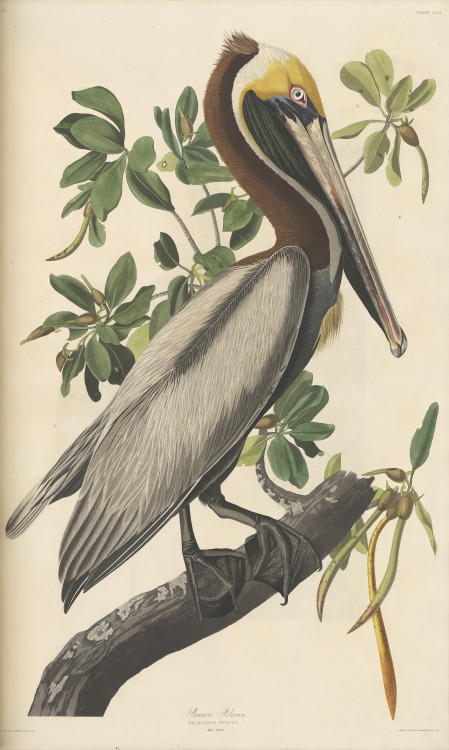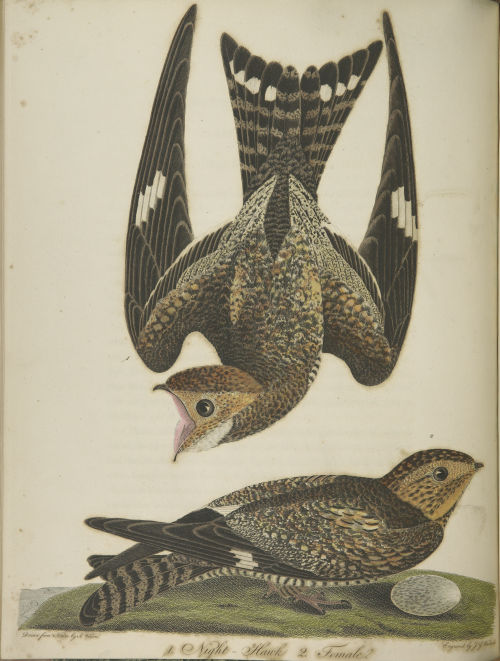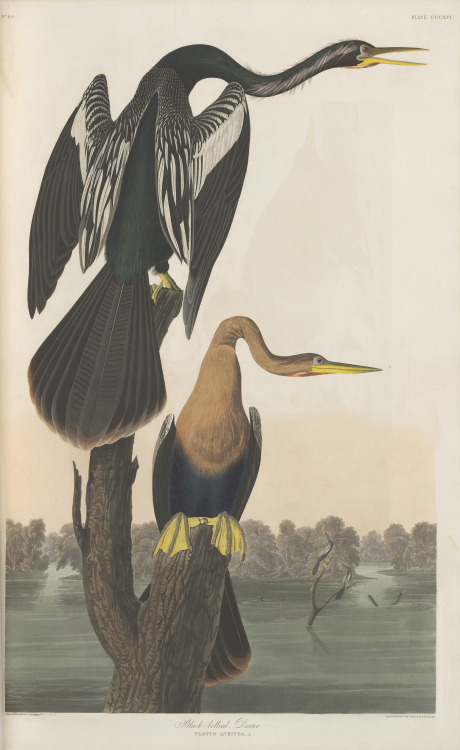#scientific illustration

Last bit of paleoart for today, an illustration of a nanotyrannus/juvenile Tyrannosaurus skull I did for a paleontology class! Enjoy!
[ID a stipple drawing of a small tyrannosaur skull, illustrated from lateral (from the side) and dorsal (from the top) views. The individual skull bones are outlined and labeled in both views, and the fenestrae (openings) in the skull where matrix would have filled are shaded flat grey. There is a 10cm scale bar at the bottom of each skull, with the total skull length being around a meter. END]
A selection of human photomicrographs captured by Arthur E Smith in 1904 using his early apparatus:
Figure 50: human lung tissue showing sectioned bronchiole
Figure 51: human blood showing erythrocytes (red blood cells)
Figure 52: a sagittal section of a molar, showing internal cavity and roots
Post link
More than half of the neurons of the brain occupy the intricately grooved but comparatively small part of the brain that we call the cerebellum (literally translating to ‘little brain’). We know that the cerebellum plays a vital role in motor control, but links to attention and language have also been suggested. Above, someone with a normally functioning cerebellum has drawn a wave. Below, someone with a disease of the cerebellum has attempted to replicate it:
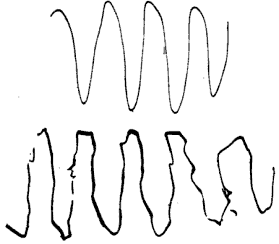
Upon dissecting this brain region, it’s possible to see why only a sixth of its surface is visible from the outside: it bears a deep and fern-like grooved structure. The core white matter of this region is sometimes called the arbor vitae, a 'tree of life’.

Post link
Welwitschia mirabilis
One of the rarest and strangest plants in the world, Welwitschia mirabilis is often referred to as an “underground tree” and can live up to 2,000 years in the arid Namib desert. It’s comprised of two leaves, a stem base and a tap root. The leaves become frayed but never stop growing and never shed, giving the plant it’s Medusa-like appearance. It uses them to collect moisture from sea fog. The long tap root can extend 6ft underground to collect water.
The only member of the Welwitschia genus, it’s thought to be a relic from the Jurassic Period, when the Earth was covered with ferns and gymnosperms, and thus a “living fossil”.
Post link

scientific illustration of a snow fly (Tipulidae: Chionea spp), a genus of wingless crane flies that live on the snow on mountainsides. as adults they don’t eat anything besides slurpees snowmelt water, and have a bad habit of losing their limbs to the ice but don’t generally seem to care. they also often harbor non-parasitic nematodes around their necks


Plate 7: microscopy of the mouth and nasal cavity
Plate 8: microscopy of the sputum
From Atlas of methods of clinical investigation, with an epitome of clinical diagnosis and of special pathology and treatment of internal diseases
by Jakob, Christfried, 1866-1956
White headed eagle. From The birds of Europe v.01 by John Gould, 1837. Plates drawn from life and on stone by J. and E. Gould and E. Lear.
Post link
Spoonbill. From The birds of Europe v.04 by John Gould, 1837. Plates drawn from life and on stone by John and Elizabeth Gould and Edward Lear.
Post link
Great spotted cuckoo. From The birds of Europe, v.03, 1837. By John Gould, plates drawn from life and on stone by J. and E. Gould and E. Lear.
Post link




